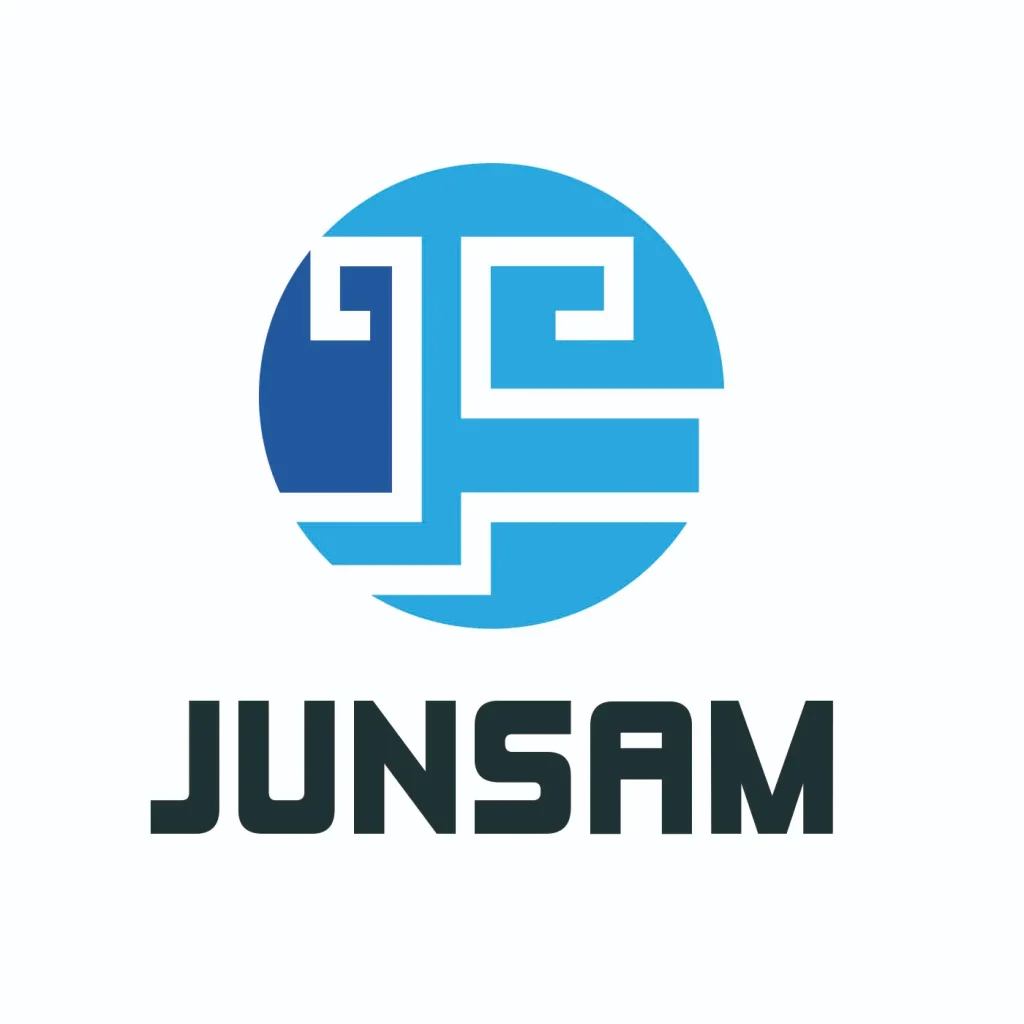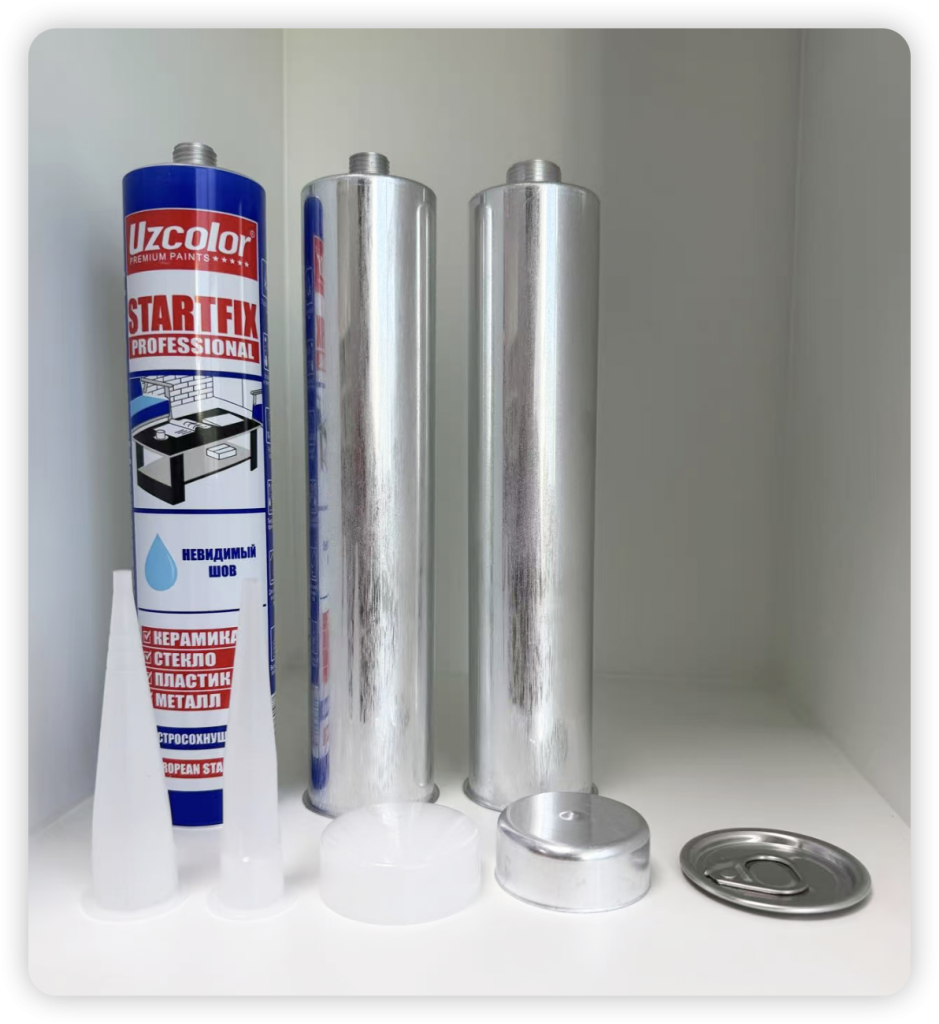Aluminum Tube Packaging Reshapes the Adhesive Industry. Aluminum glue tubes have evolved beyond their basic packaging functions to become symbols of technical excellence and environmental responsibility. With innovations such as internal coating technologies, smart tube caps, and advanced nano-printing, aluminum packaging is not merely a packaging upgrade—it is a strategic move to support ESG initiatives and appeal to the sustainable values of consumers, particularly the environmentally conscious Gen Z.
Why Are Global Glue Brands Upgrading to Aluminum Tube Packaging? Revealing the 5 Core Advantages
In adhesive packaging, aluminum tubes increasingly replace traditional plastic and glass bottles. Global brands such as 3M and Henkel are transitioning to aluminum tubes as their preferred packaging solution, replacing industrial glue with household adhesives. This transformation is driven by five core advantages that make aluminum tubes the new gold standard:
1. Extreme Sealing: Highly Resistant to Oxidation and Moisture
Aluminum’s natural density makes it an excellent barrier to air and moisture. Unlike plastic tubes, which may allow oxygen and humidity to permeate over time, aluminum tubes are treated with internal epoxy or phenolic coatings for enhanced protection:
Anti-oxidation: The aluminum barrier prevents oxygen infiltration, which can cause glue curing or chemical decomposition, especially in cyanoacrylate adhesives.
Moisture-proof: Aluminum packaging maintains stable adhesive activity even at up to 80% humidity, making it ideal for moisture-sensitive formulations, such as PVC and glass adhesives.
UV Shielding: Aluminum’s reflective properties block up to 99% of UV rays, which protects light-sensitive adhesives.
2. Precision Control Technology: Up to 30% Waste Reduction
The industry-standard precision nozzles (with diameters ranging from 0.5–3 mm) allow for highly accurate glue dispensing:
Micro-Extrusion: Each dispense can be controlled to as little as 0.01 ml, ideal for applications requiring high precision, such as in electronics assembly.
Anti-Backflow Structure: The unique cone-shaped nozzle prevents glue from flowing back, ensuring consistent output and protecting the nozzle from contamination.
Collapsible Tube Design: As glue is dispensed, the tube collapses, reducing air backflow by up to 90% and minimizing waste.
Case Example:
In a recent pilot program, 3M implemented aluminum tube packaging for its cyanoacrylate adhesives. After switching, production waste dropped by nearly 28%, and customer complaints regarding over-application were significantly reduced. This success led to a broader rollout across multiple product lines.
3. Environmental Sustainability: Recyclable and Energy-Efficient
Aluminum packaging stands out for its sustainability credentials:
High Recyclability: Aluminum is infinitely recyclable, and recycling processes consume only about 5% of the energy required for primary production.
Plastic Reduction: A single 50ml aluminum tube can significantly reduce plastic use by replacing the equivalent of three PET bottles, thereby cutting down on plastic pollution.
Lower Carbon Footprint: The overall carbon emissions associated with recycled aluminum packaging are substantially lower than those for plastic tubes. Some analyses report a reduction of up to 52%, depending on the regional energy mix.
Case Example:
Henkel recently reported that, in a lifecycle assessment study, switching to aluminum tube packaging for its specialty adhesives resulted in a nearly 50% decrease in the carbon footprint of its packaging. This transition supports its broader ESG goals and appeals strongly to environmentally conscious consumers.
4. Supply Chain Efficiency: Cost and Logistics Optimization
Aluminum tube packaging also drives significant supply chain improvements:
Fast Filling: Fully automated production lines for aluminum tubes can achieve speeds of up to 200 pieces per minute, outperforming many plastic tube filling systems.
Pressure Resistance: Aluminum tubes can withstand pressures of up to 50 kg/cm², reducing breakage rates from 3% (for plastic) to just 0.2%.
Space Efficiency: The collapsible nature of aluminum tubes allows for a 60% reduction in storage volume compared to glass bottles, resulting in approximately an 18% reduction in logistics costs.
Case Example:
A leading adhesive manufacturer reported that after converting to aluminum tube packaging, their logistics costs decreased by 17%, and on-time delivery rates improved due to enhanced production speeds. These efficiencies helped them secure a large international contract, further validating the economic benefits of the upgrade.
Additional Case Study:
In a strategic move, 3M’s transition to aluminum tube packaging allowed them to enhance product shelf life and reduce production waste. The company reported an overall process improvement that helped them capture new markets in Europe and Asia, where regulatory pressures for greener packaging are increasingly stringent.
Frequently Asked Questions about aluminum tube packaging:
Q1: Is aluminum tube packaging more environmentally friendly than plastic tubes?
A1: Yes. Aluminum can be recycled indefinitely, requiring only 5% of the energy needed to produce primary aluminum, compared to the long degradation period of plastics. Studies suggest that the carbon emissions of aluminum tube packaging can be up to 52% lower than those of PET tubes.
Q2: What types of glue are suitable for aluminum tube packaging?
A2: Aluminum tubes are compatible with a wide range of adhesives, including quick-drying glue (e.g., cyanoacrylate/502 glue), UV-curing glue (which benefits from UV protection), high-viscosity adhesives (such as structural adhesives and sealants), and even corrosive adhesives that require internal coating for safety.
Q3: What’s the difference between glue-specific aluminum tubes and toothpaste tubes?
A3: Glue-specific aluminum tubes are manufactured with thicker aluminum (15-gauge versus 13-gauge for toothpaste) and incorporate tail sealing technology to prevent leakage of corrosive adhesives.
Q4: How should one choose between pointed and flat nozzle tubes?
A4: Pointed nozzles are ideal for precision dispensing (e.g., in model glues or electronic component adhesives), whereas flat nozzles are more suited for broad applications such as construction sealants.
Q5: Is aluminum tube printing safe?
A5: Leading manufacturers use CPSIA-certified inks with a lead content of less than 90 ppm and adhere to FDA food-grade standards, making the printing process safe even for adhesives used in food packaging


